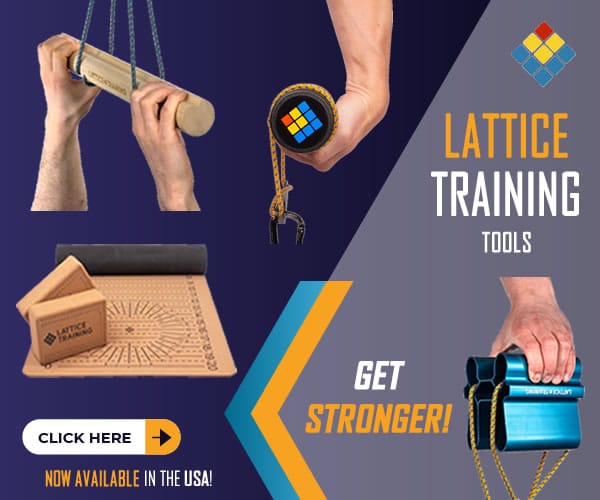When your upper body feels maxed out, look to your feet. Great footwork makes climbing hard routes and boulders less strenuous! Learn an effective practice strategy to improve your climbing footwork and movement skill.
(This article was originally published in October of 2019, but good footwork never fails to boost climbing ability.)
Many climbers find that, as they approach their limit in climbing, their footwork deteriorates. This bad habit usually makes itself clear through unnecessary noise and fumbling in the lower body as your feet scramble for position. If this sounds familiar to you, then make this your new mantra:
“When the going gets tough, focus on the feet!”
Remind yourself to look down at your feet every time the pump escalates on a tough boulder problem or route.
Due to the proximity of the eyes to the hands, it’s natural to find yourself hyper-fixated on your hands at the expense of your feet. However, the key to unlocking crux sequences often lies in more effective use of the feet. Consider how often you’ve succumbed to the pump and fallen suddenly, only to realize in retrospect that you missed a critical foot hold that would have allowed you to save enough energy to keep going.
Footwork for Climbing Efficiency
Improving your foot-focus takes self-awareness and plenty of practice. For starters, ask your belayer to yell up at you to look for feet as you begin struggling on a route. The same thing goes in the gym or while bouldering. The more attention you can intentionally redirect toward finding the best footholds and lower body positions, the more automatic it will become in the future.
On difficult routes, some climbers even leave a small chalk tickmark just above a critical foot hold as visual cue. This practice is quite effective when climbing fast is essential. Even so, you need to remember to look down in the first place so the tickmark catches your eye! (Side note: Please don’t go overboard on tickmarks—just mark the most vital, easy-to-miss footholds. Be sure to brush off your tickmarks when you’re done on the route.)
Practice Your Foot-Finding Skills
Here’s a great drill for developing foot-focus called “target practice.”
Pick a technical route, either indoors or outside, that’s about one full number grade below your onsight ability. Attempt to toprope the entire climb with a sustained, steady focus fixed on your feet. With each placement, identify the best part of the hold. Then, with laser focus, place your toe onto the best part of the hold without taking your eyes off of your foot, like hitting the bull’s eye of the target.
As you practice, strive to develop a kinesthetic feel of the foot placement as you shift weight onto the hold. The goal here is to sense the quality of the placement so you know how it feels in your body, not just how it looks from the outside. Try to keep your foot completely still as you reposition your center of gravity and press off the hold. Meanwhile, infuse as little focus as possible into other areas such as reading the route ahead, getting the hand beta perfect, etc. Focus on the mission at hand: training footwork. Your overall performance on the route doesn’t matter right now. Feel free to rest on the rope in order to practice a specific move, and nevermind if you happen to fall along the way. Better footwork will come back around to improve all aspects of your climbing.
Related Articles:
- Climbing Shoes for Every Type of Terrain
- 4 Steps to Improve Your Quality of Movement and Climb Harder
- 5 Tips for Improving Your Climbing Efficiency
- 5 Strategies to Sharpen Your Concentration
- Climbing 101: Learning to Climb Indoors
Copyright © 2000–2019 Eric J. Hörst | All Rights Reserved.

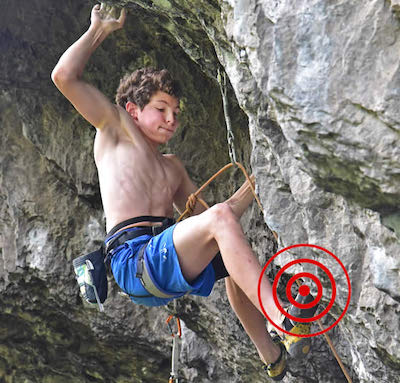
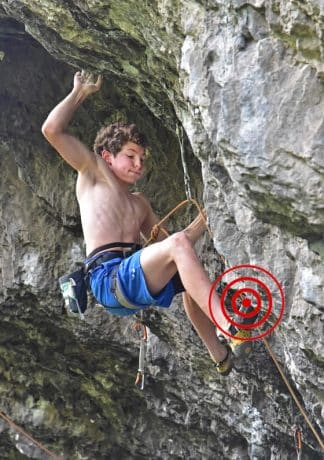

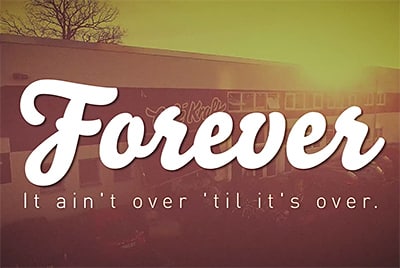
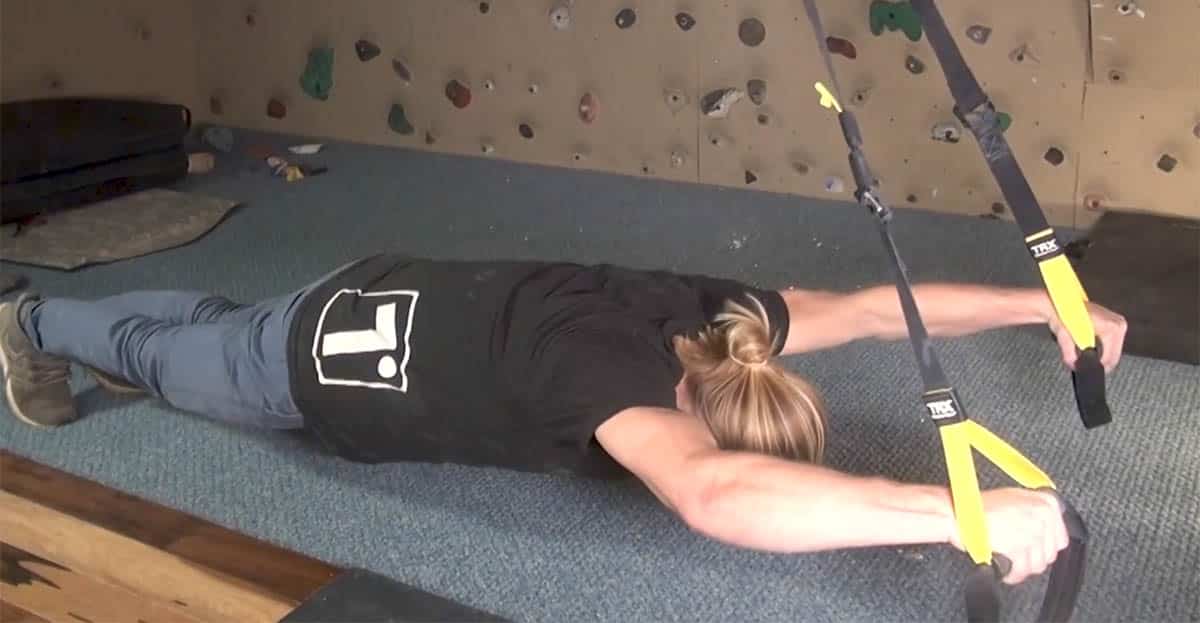
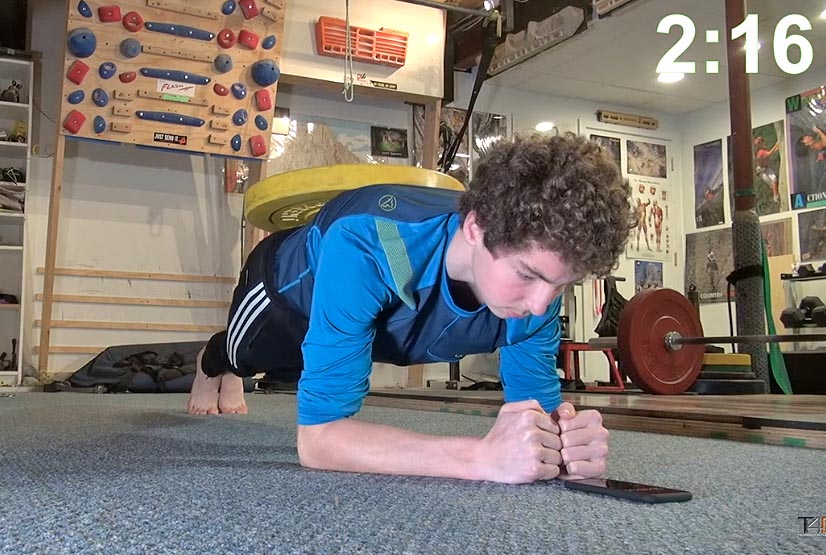


![🚨New Training For Climbing podcast drop! [**Link in bio.**]
This a two-part deep dive into designing a comprehensive, long-term systems approach to training. Coach @eric_horst unpacks—in rich detail—how systems actually function, and he highlights how transformative climbers throughout history “shake up the box” with innovative, highly effective methods to achieve big goals and push the boundaries of our sport.
In Part 1 (#122), Eric blends a concise climbing history lesson with an engineer-like breakdown of how intelligent systems operate. Part 2 (#123) of this series will deliver the actionable strategies you can use to build a personalized, high-performance training system for this winter…and for many seasons to come.
Eric emphasizes that as climbers progress beyond the beginner stage, climbing and training grow increasingly complex—requiring intentional, organized, and year-round development of strength, technique, mental skills, recovery habits, nutrition, and lifestyle management. Rather than ad-lib sessions or singular-focus programs (like only training strength), climbers need a comprehensive system fine-tuned daily and seasonally.
This is an entertaining and thought-provoking episode—so lean in, listen closely, and get ready to feel inspired, challenged, and equipped to level-up your modus operandi at the crag, in the gym, at home, and in everything you do! Listen on Apple Podcasts, Spotify, or online using the web player below.
#climbingtraining #bouldering #indoorclimbing #climbing #climbingpodcast #erichorst #trainingforclimbing @lasportivana @physivantage](https://trainingforclimbing.com/wp-content/plugins/instagram-feed/img/placeholder.png)

